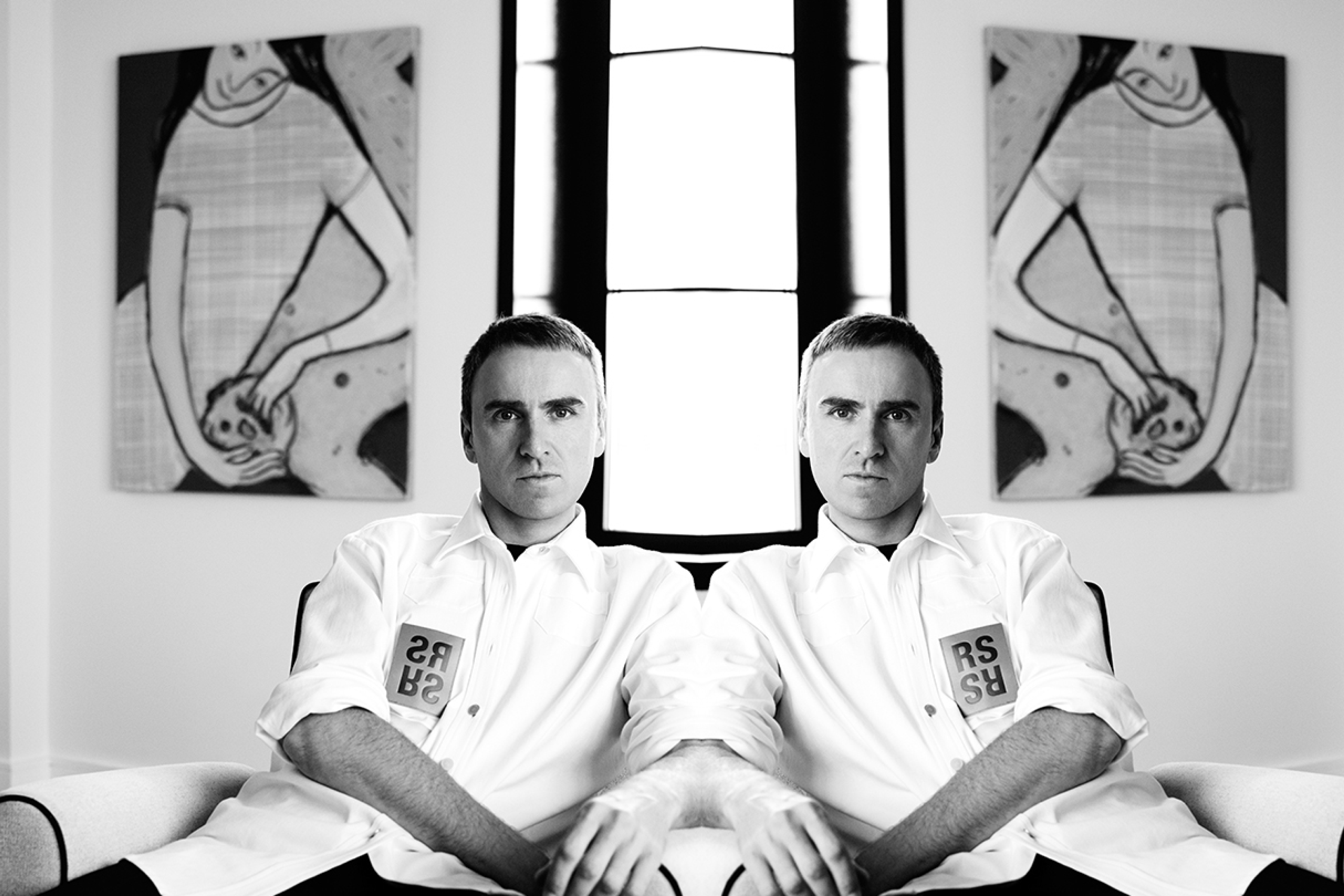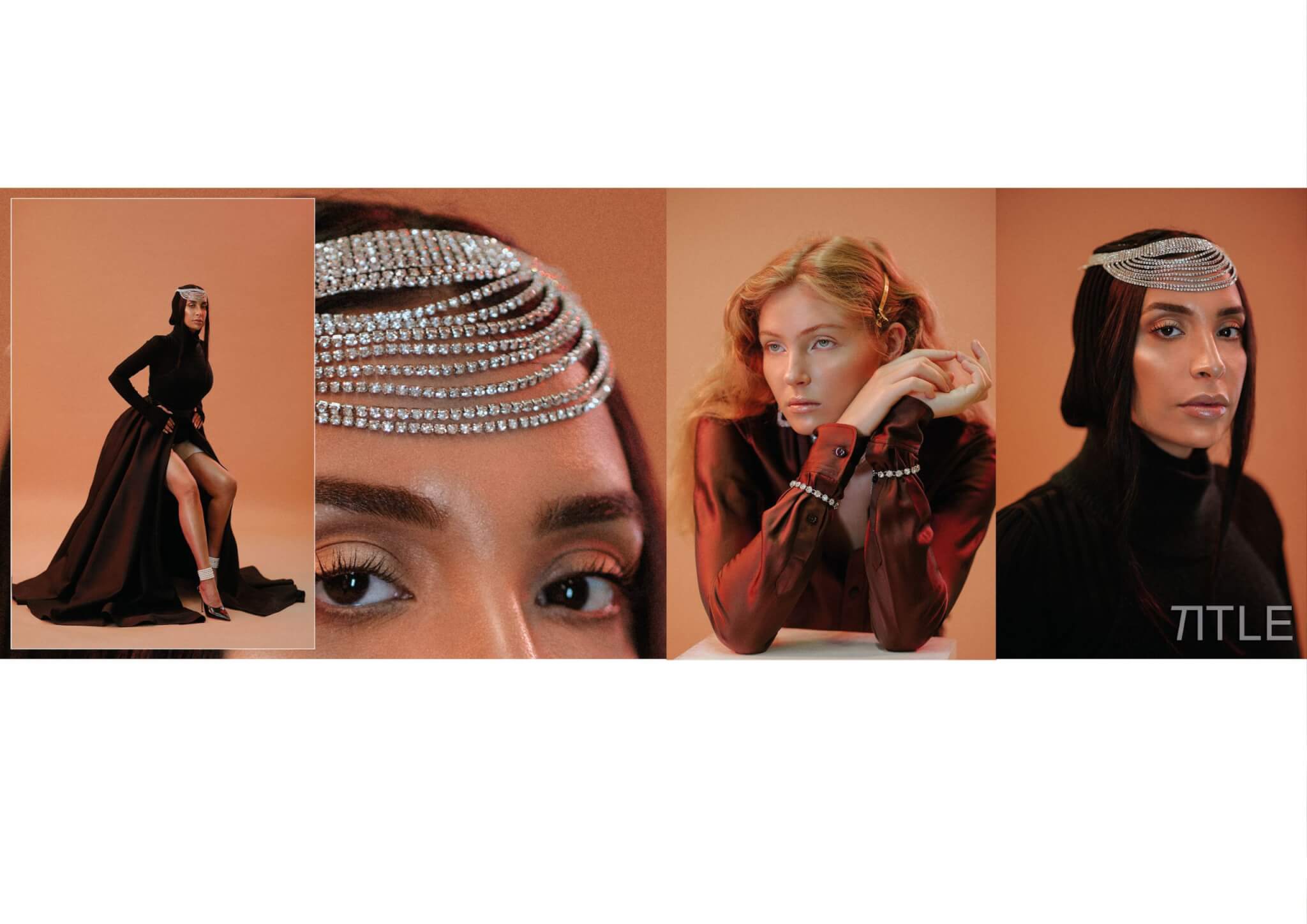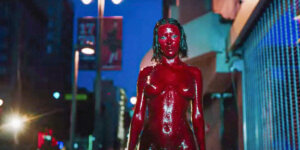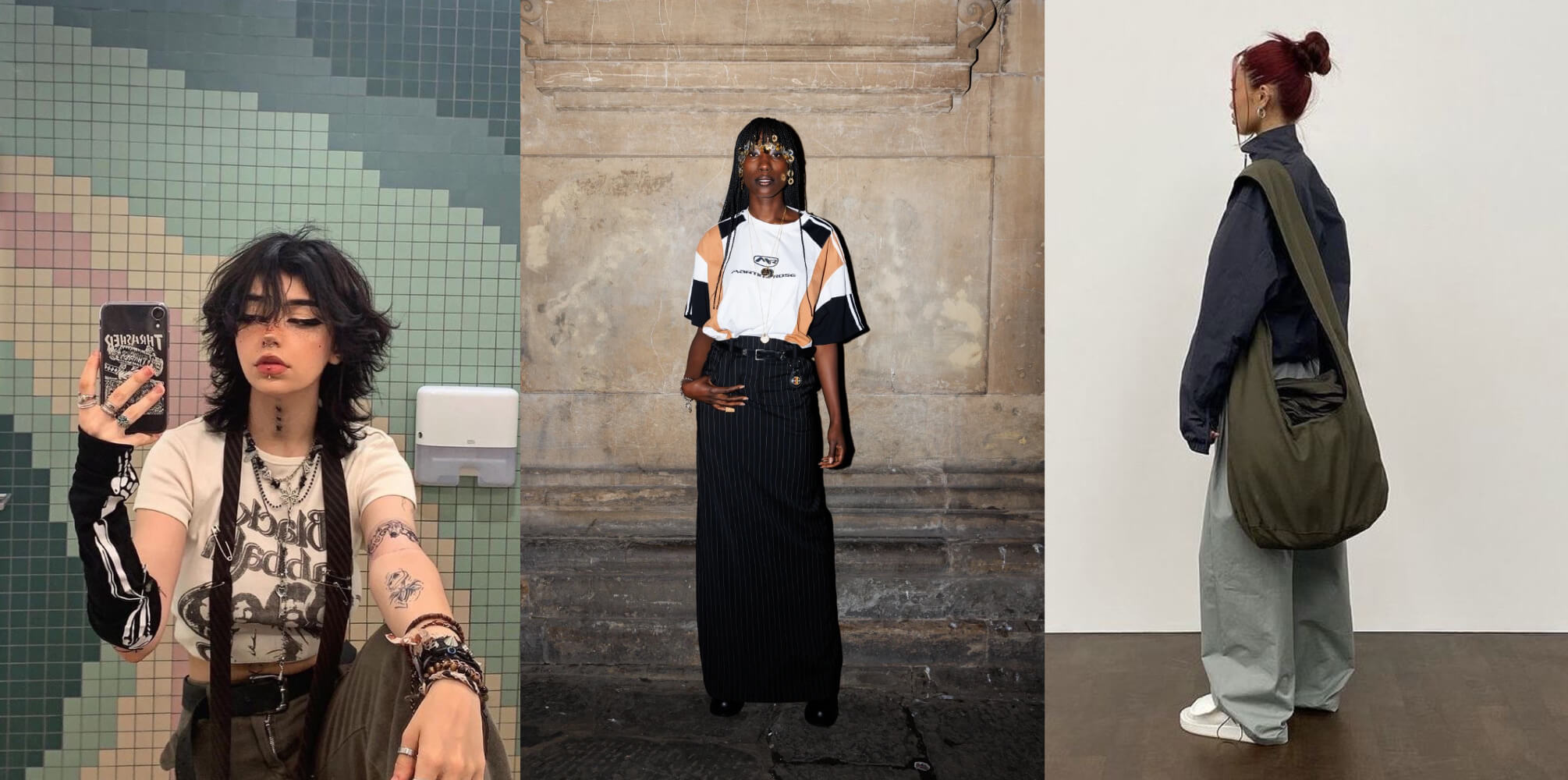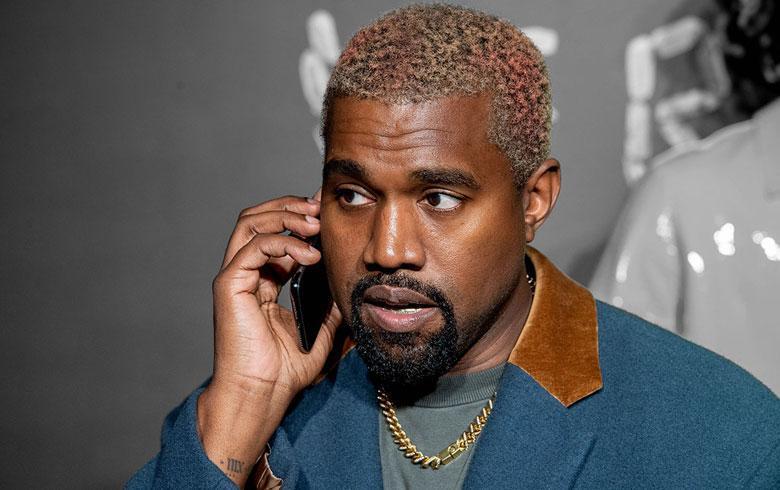Looking at Raf Simon’s creations I feel understood. Even if it is not my own youth culture or subculture he is referring to, I can still feel the sparkling power and the almost provocative lightness that only young people carry in their hearts.Despite Raf Simon’s rather dark fashion language and raw cuts, it is this unstrained lightness that makes his fashion so authentic and attractive.
But let’s take a look at the past, not an institutionally trained fashion designer, Simons, who was born in Neerpelt, a small town close to the Dutch and German border, studied industrial design at a small university in Ghenk. In 1991, he began an internship with fellow Belgian, Walter Van Beirendonck. It was Van Beirendonck who accompanied Simons to his first-ever runway show, Martin Margiela’s S/S1991 all-white show – an experience that played a significant role in Simons’s transition from industrial design to fashion. One thing highly important for his life as well as his career has always been music. In a townas small as Neerpelt, art and music were the only languages for Simons to keep up with the world at large. He followed the work of Belgian art curator Jan Hoet and listened to bands like Kraftwerk, The Cramps, Joy Division, and Sonic Youth, amongst others.
In fact, Simons began as fashion outsider. Encouraged by Linda Loppa, head of the fashion department at the Antwerp Royal Academy, Simons became menswear designer and launched his Raf Simons label in 1995. He showed his menswear collection in Milan, eventually settling in Paris in 1997. He set out to impact the industry to “make clothes for a young generation he could relate to,” and his mark, so to speak, really cannot be emphasized sufficiently. One of the most remarkable aspects of his work is his ability to create garments that were as groundbreaking when they initially hit the runway as they are cohesive with the current landscape of fashion almost twenty years later.
Nearly all of his collections, particularly his early ones, involve a studied look at youth culture and the associated codes “It was very much related to kids, clubs, bands, the idea of wildness in a way”, he says. Yet, despite each collection’s direct link to a certain time, in retrospect, we can see they exhibit a sense of timeless.
Moreover, Raf Simons developed in a slightly different direction since he launched his label. While he still uses the youth codes of his own past for references, his focus has shifted towards a more restrained and futuristic aesthetic, combining technical sportswear and formal tailoring.He largely divorces himself from the past. He is obviously playing with references all along, but he is continually moving forward with his distinct brand of minimalism, both experiential and emotional. His sophisticated reworking of youth codes and his unswerving sense for incorporating contemporary art into his work, made him grow out of “just referring”. He explains his practice objective: “By nature, creative people like to evolve and explore.” Further he says: “It’s about dialogue … It’s about the juxtaposition of futurism and the typical Raf Simons thing of what I feel is happening right now in fashion.”
Still for me, Raf Simons clothes never get old. He managed to create a vacuum in which transience of time is no measurable variable anymore. This approach to “forever young” makes him one of the most forward thinking avant-garde designers in modern High Fashion. After designing forChristian Dior, Jil Sander and Calvin Klein TITLE is more than excited to see where his journey will lead him next.








